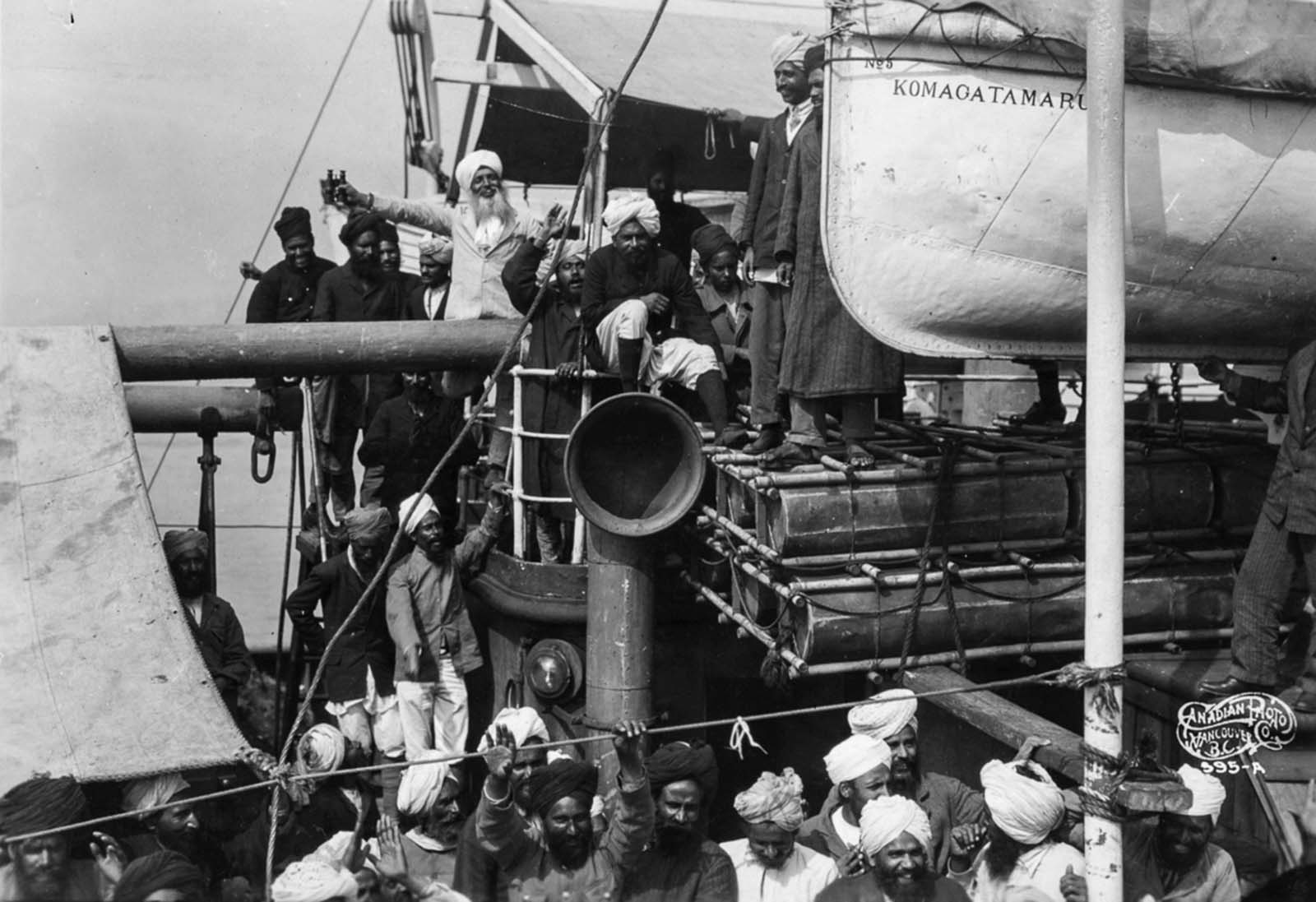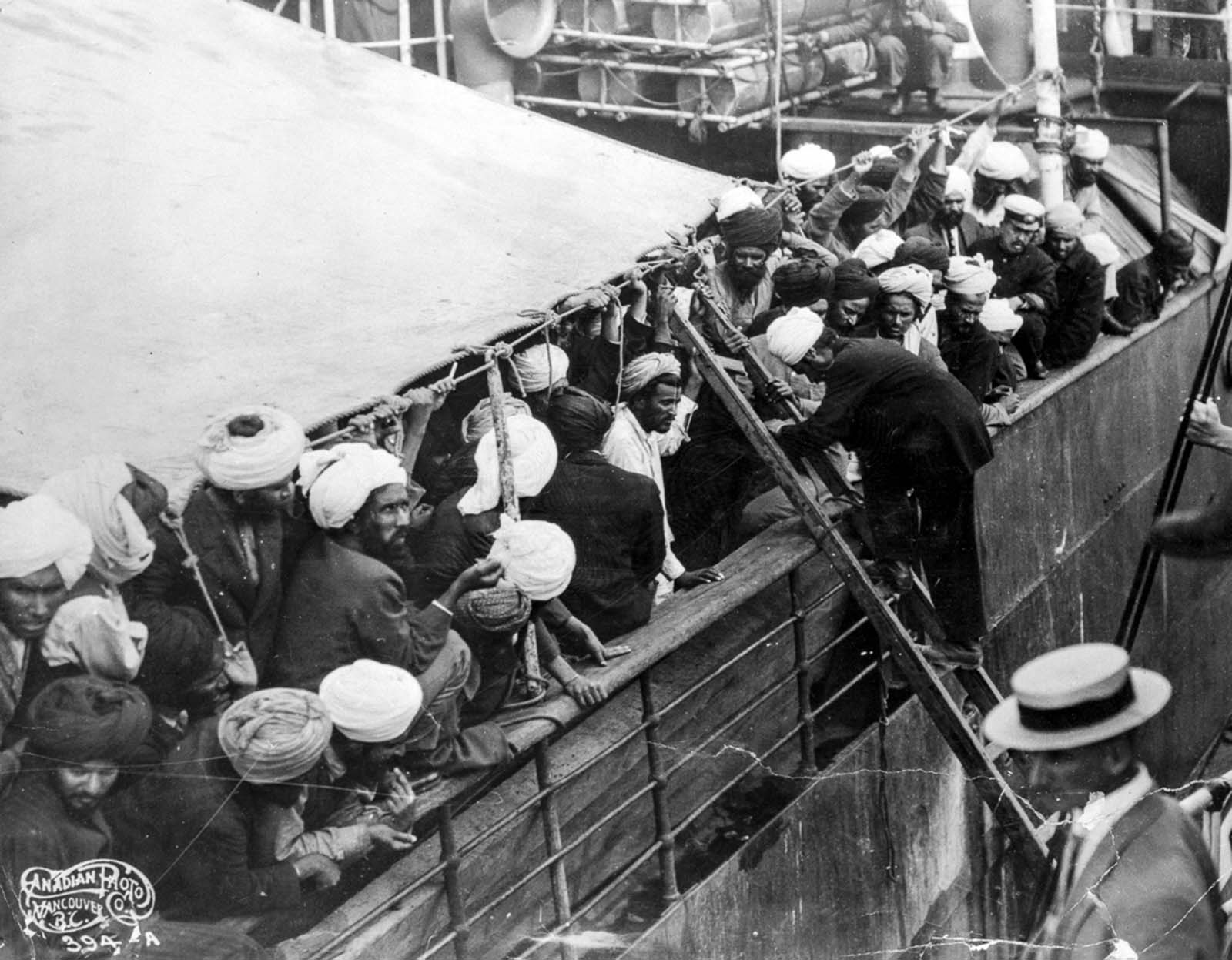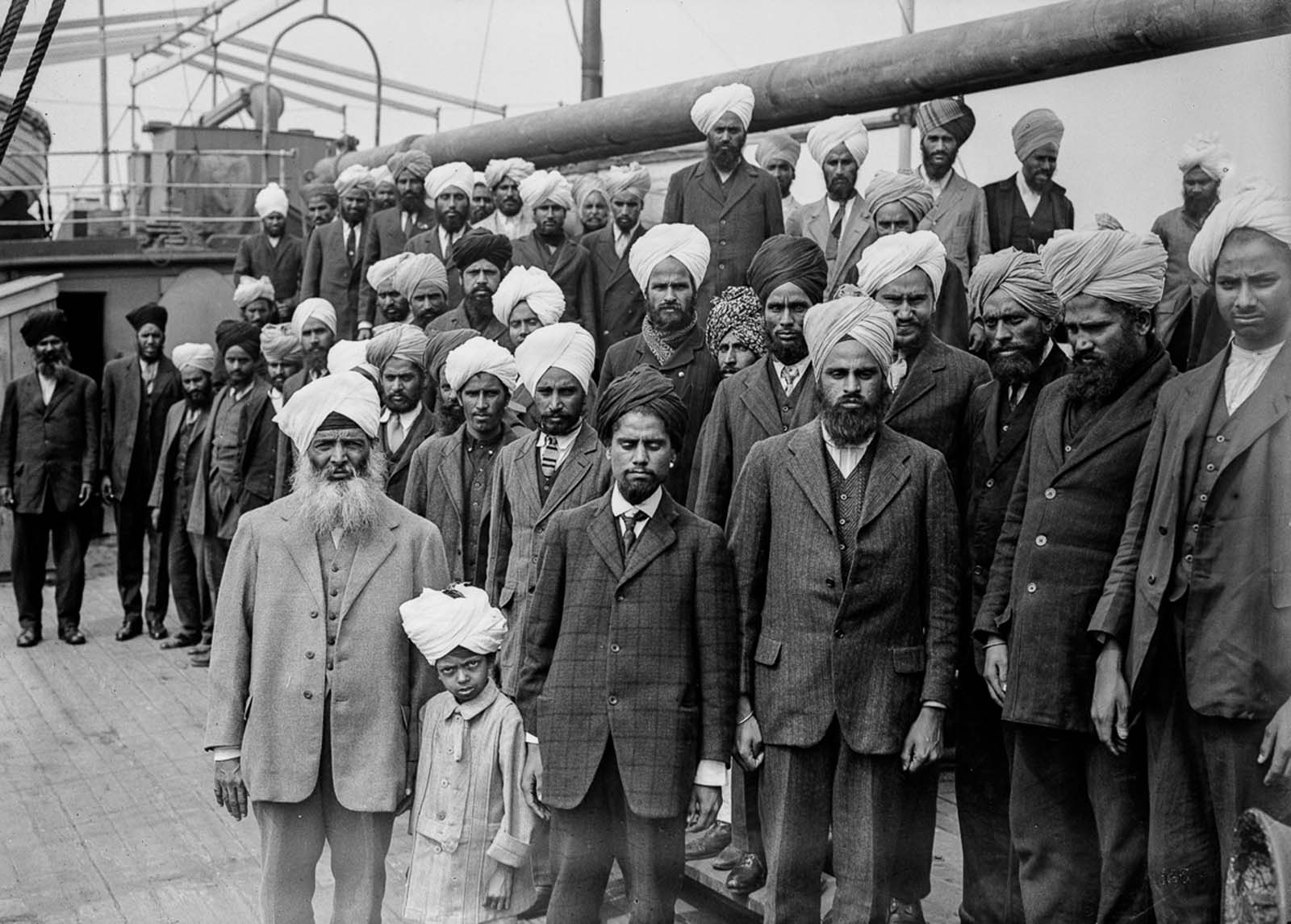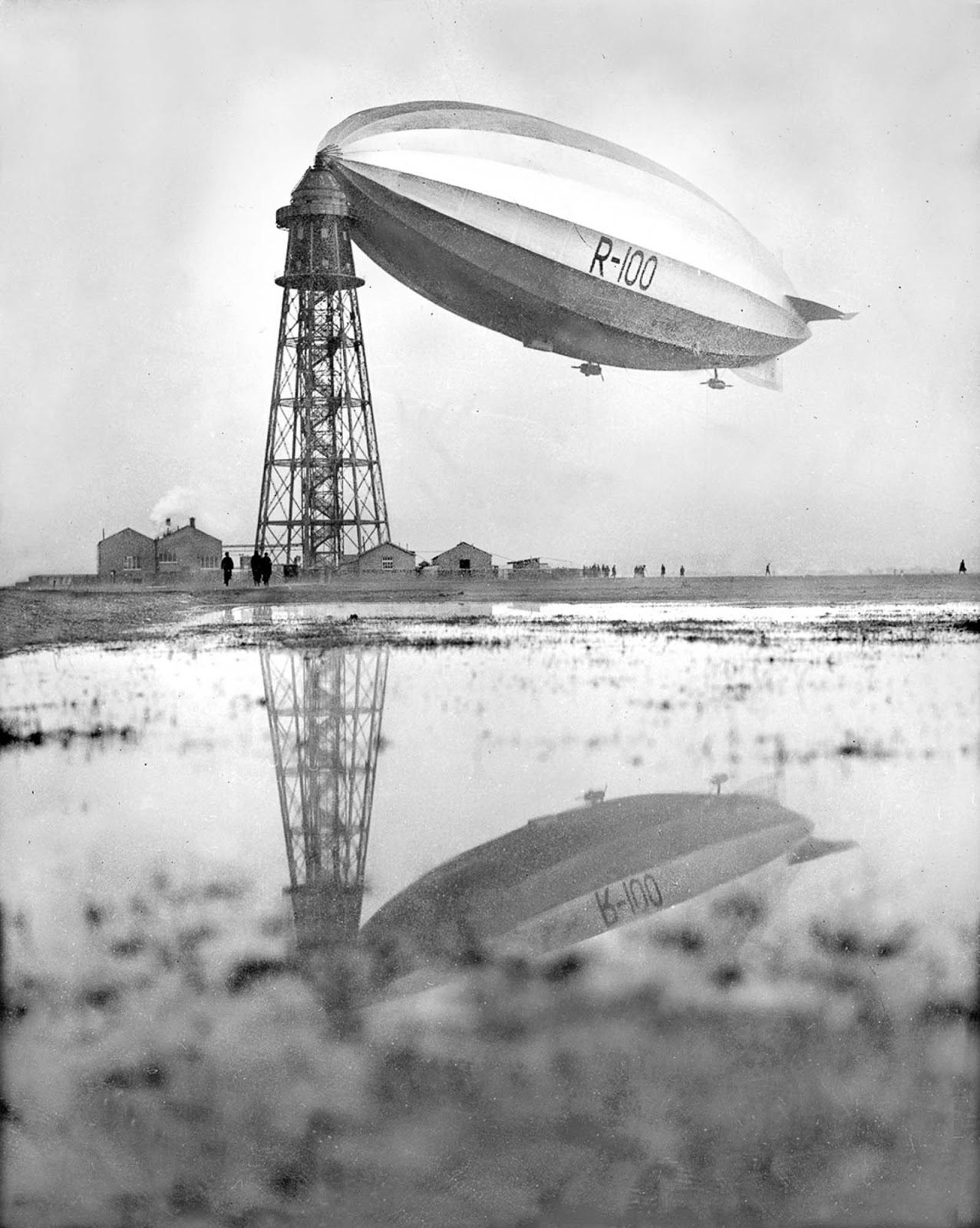
The SS Komagata Maru, a steamship carrying 376 Punjabi passengers, mainly Sikhs; however, some Hindus and Muslims were on board too, arrived on the west coast of the Dominion of Canada on May 23, 1914.
As a result of the laws that were in place to limit the immigration of Indians, the ship and its passengers were denied entry and detained for two months in Vancouver Harbour by Canadian officials who considered them illegal passenger arrivals.
The ship eventually left for Calcutta without 20 passengers considered returnees, its doctor and family who were granted priority passage.
The years before the Komagata Maru set sail, the Canadian government had put constraints on South Asian immigration through racially motivated approaches.

One such approach included the 1908 order-in-council that mandated Asian immigrants to have at least $200 before being allowed to enter the country. Another one required all immigrants to come to Canada directly from their origin. This targeted approach made it difficult for Asians to come into the country as it was tough and rare to travel nonstop from Asia to Canada then.
This was why Gurdit Singh, a Sikh businessman, hired the Komagata Maru from Hong Kong to find a way around the limitations. He hoped that he and his passengers, all British citizens, would be allowed into Canada.
This expectation wasn’t met. The passengers who didn’t have as much access to basic needs like food grew desperate. They lost a legal battle, but the government negotiated an agreement and supplied them with food and water for their return trip.
The Komagata Maru left Vancouver harbour with most of its passengers aboard and returned to India on July 23 1914.




